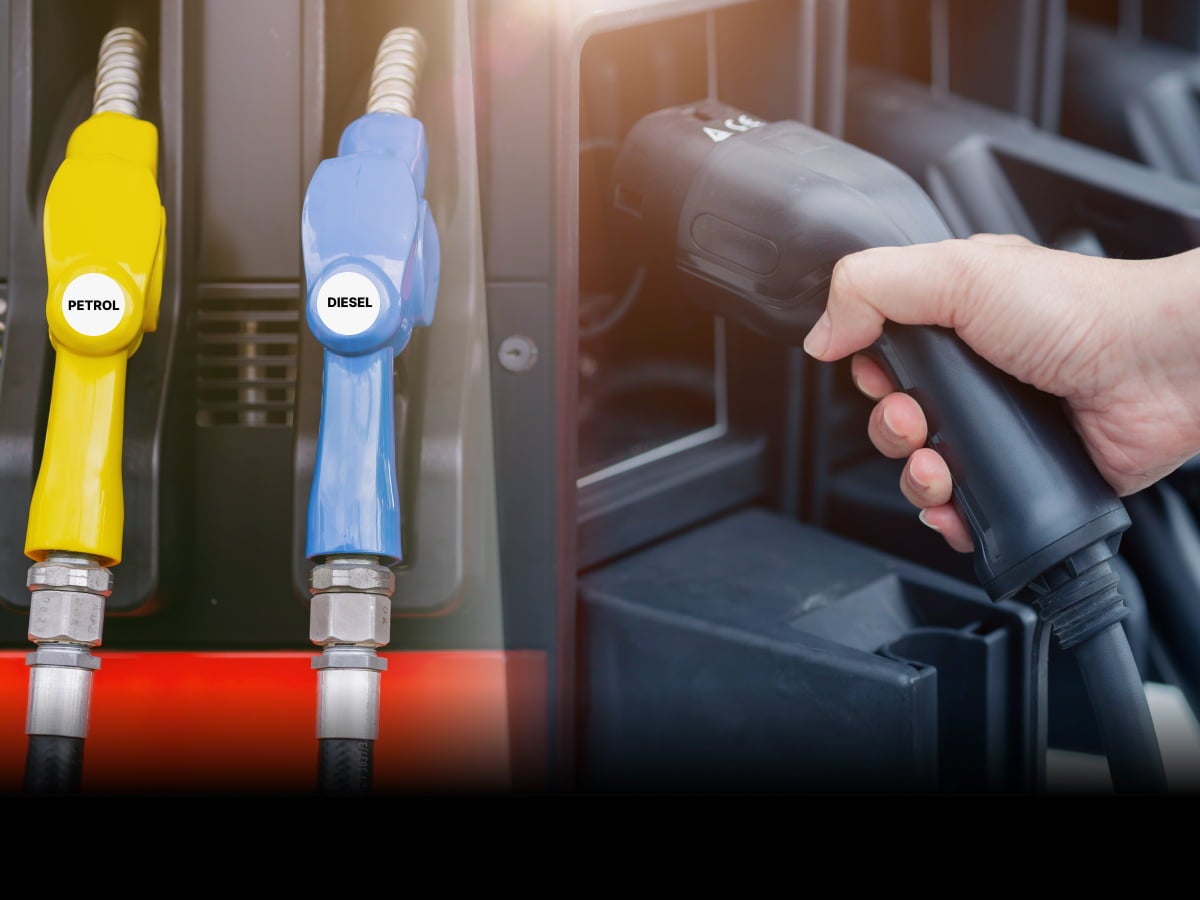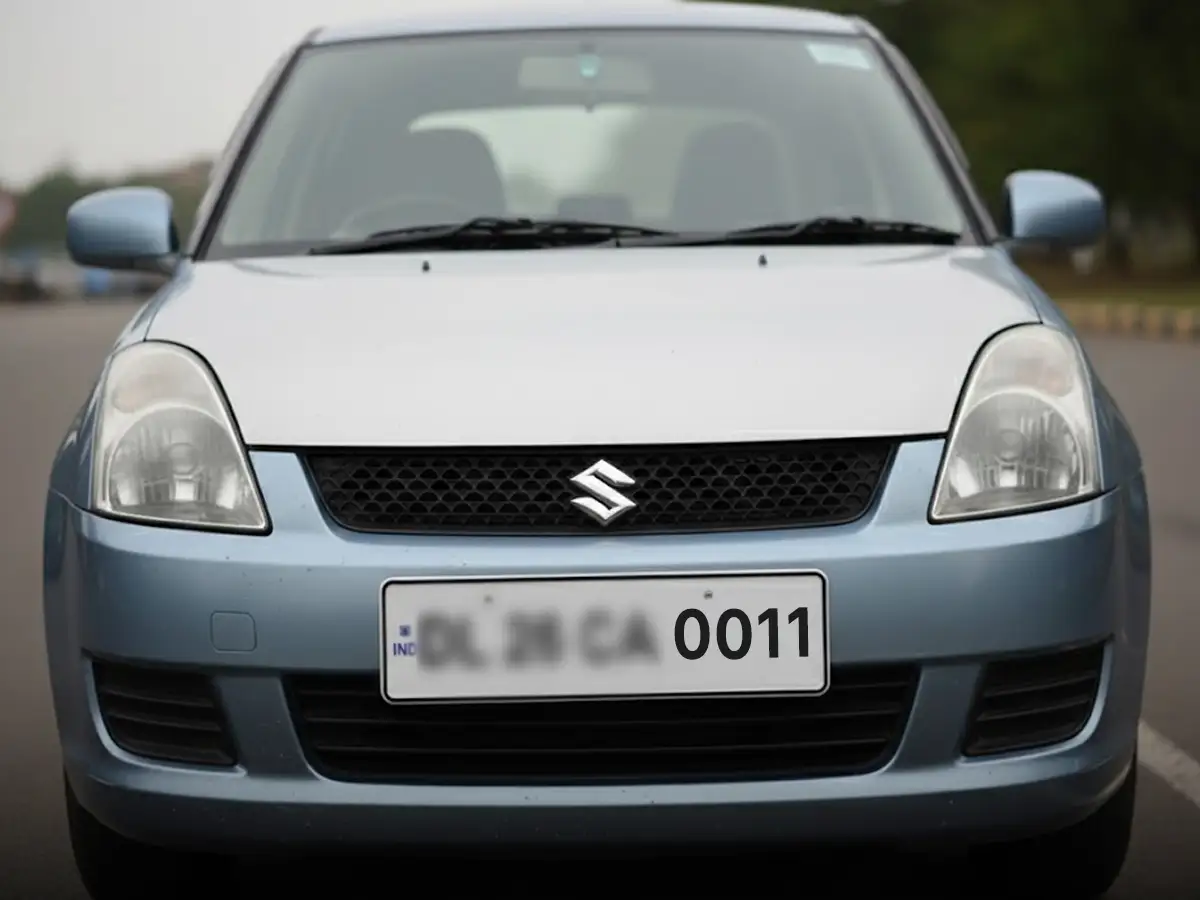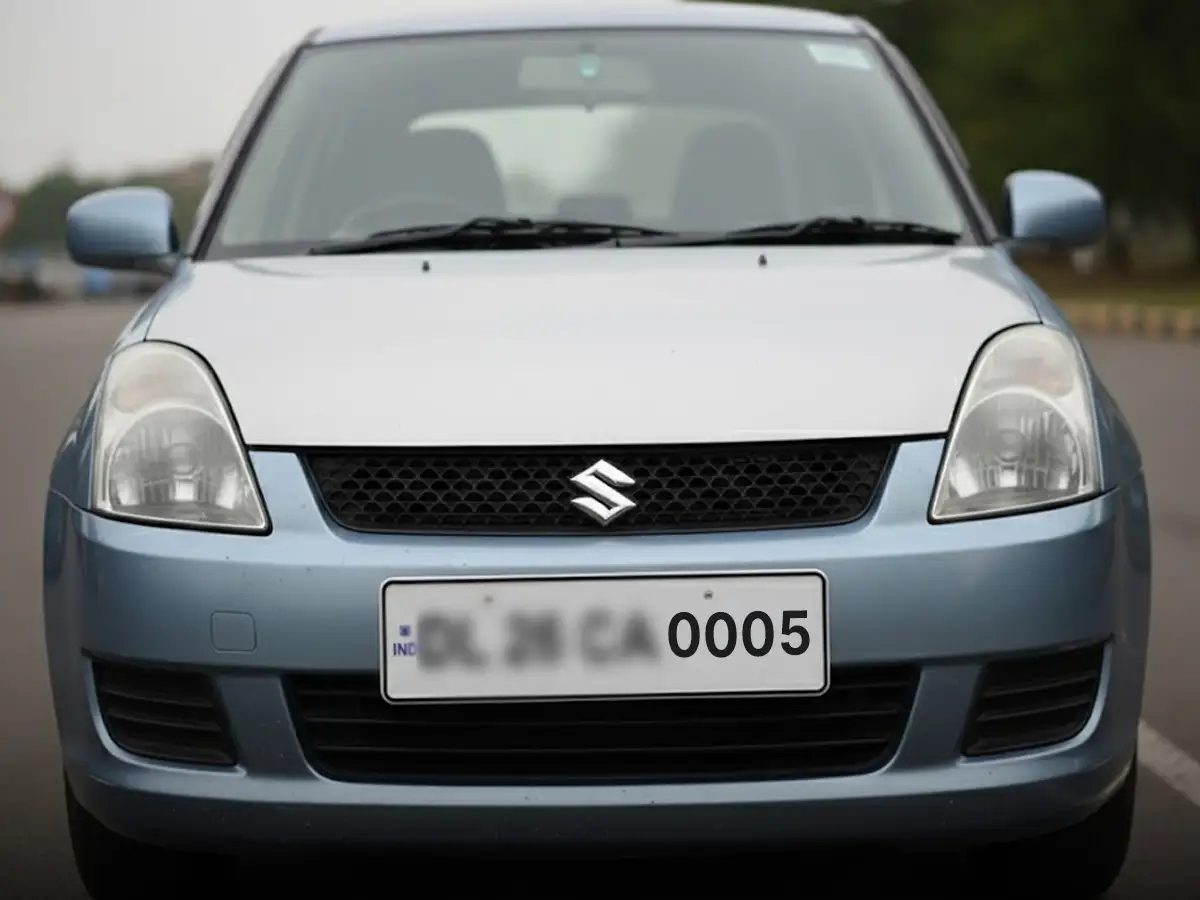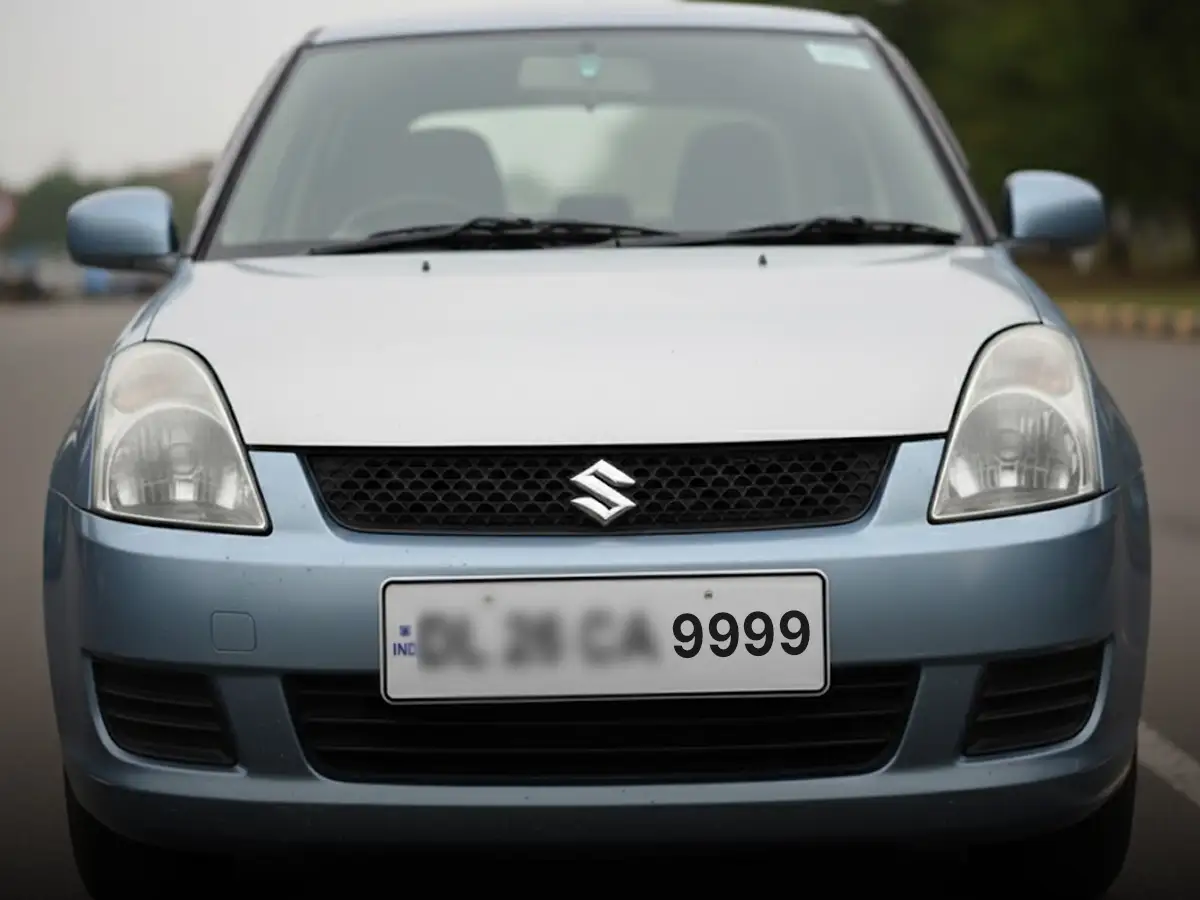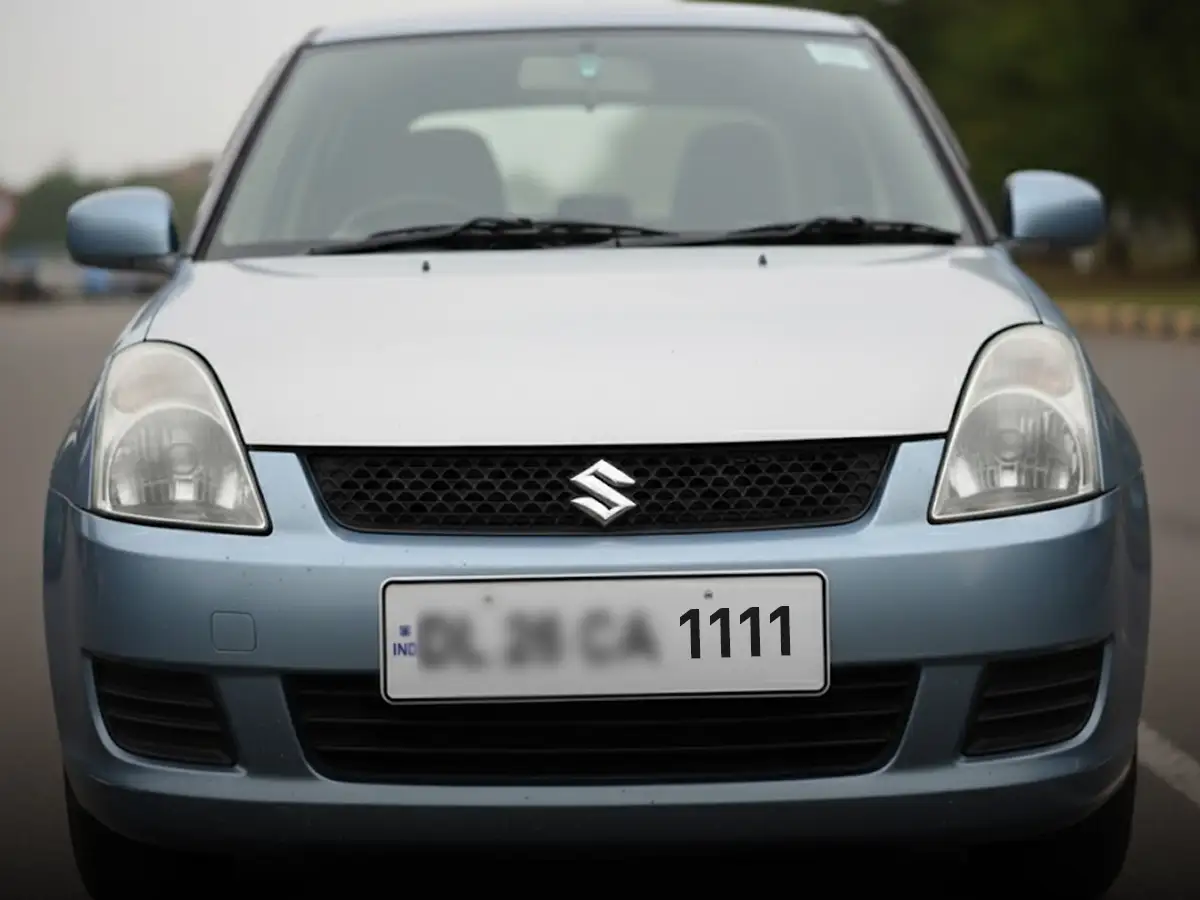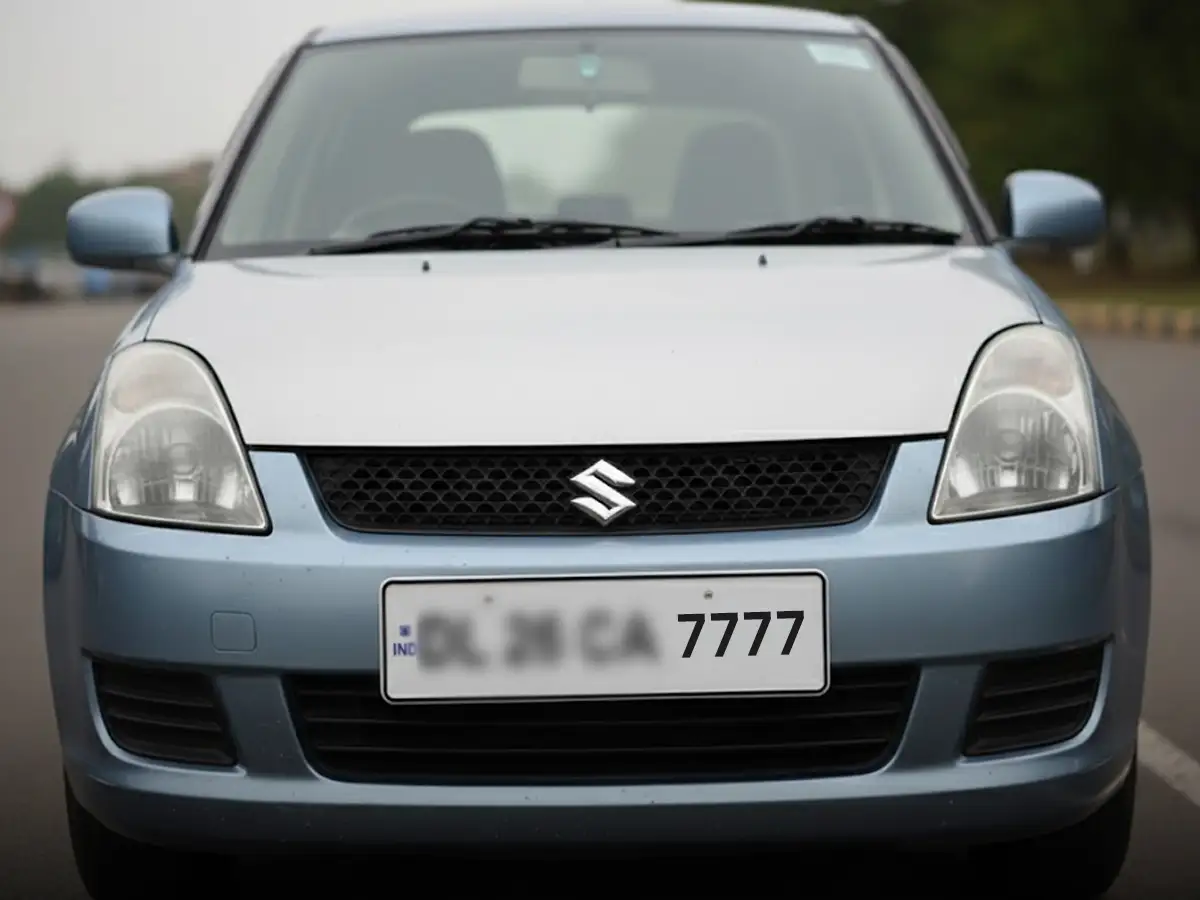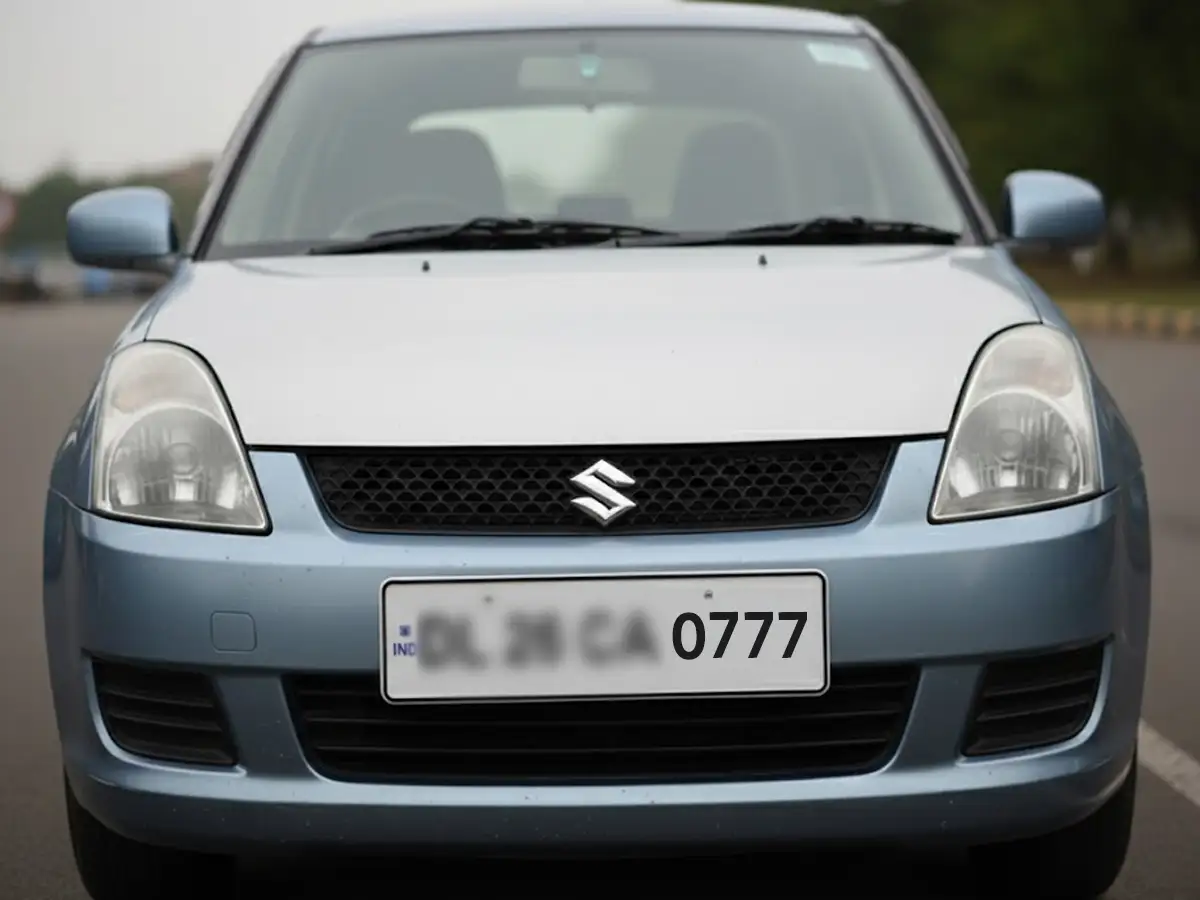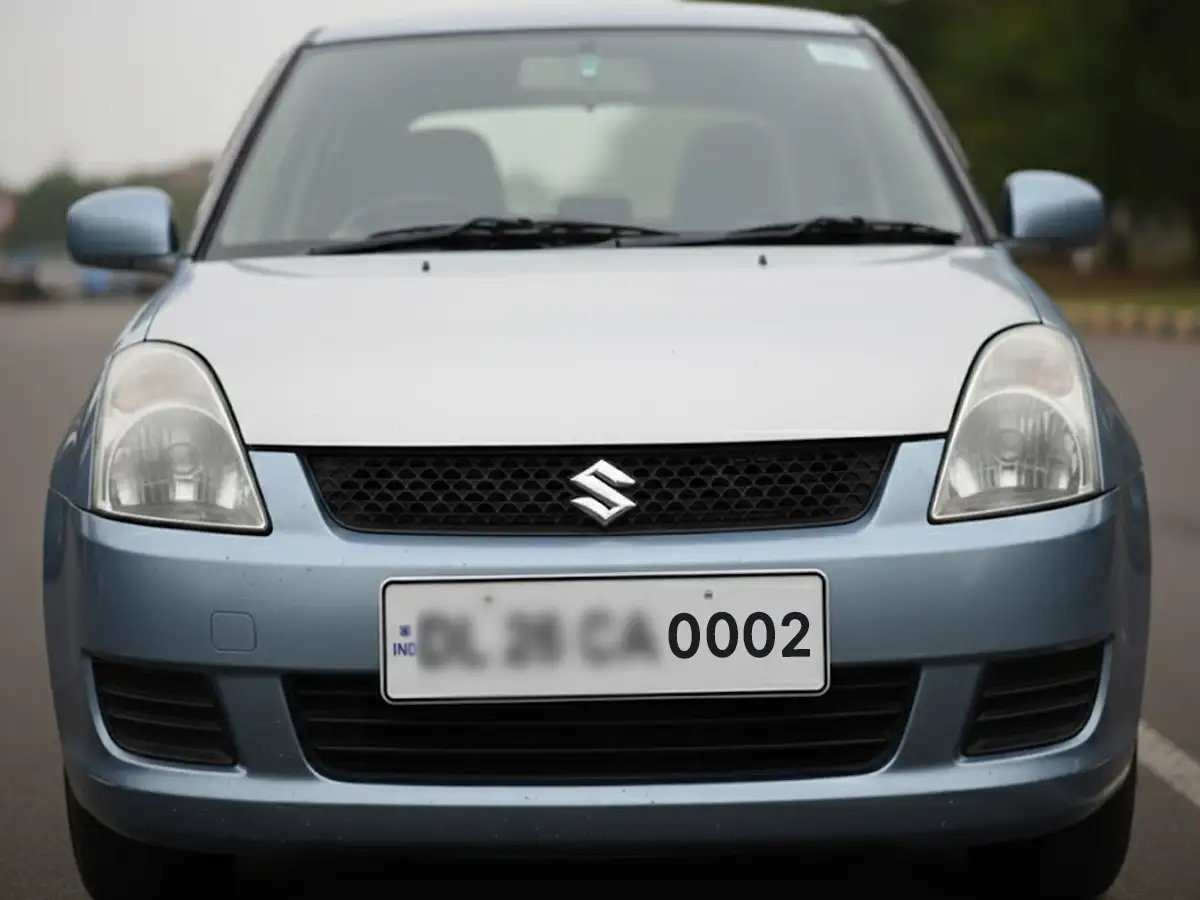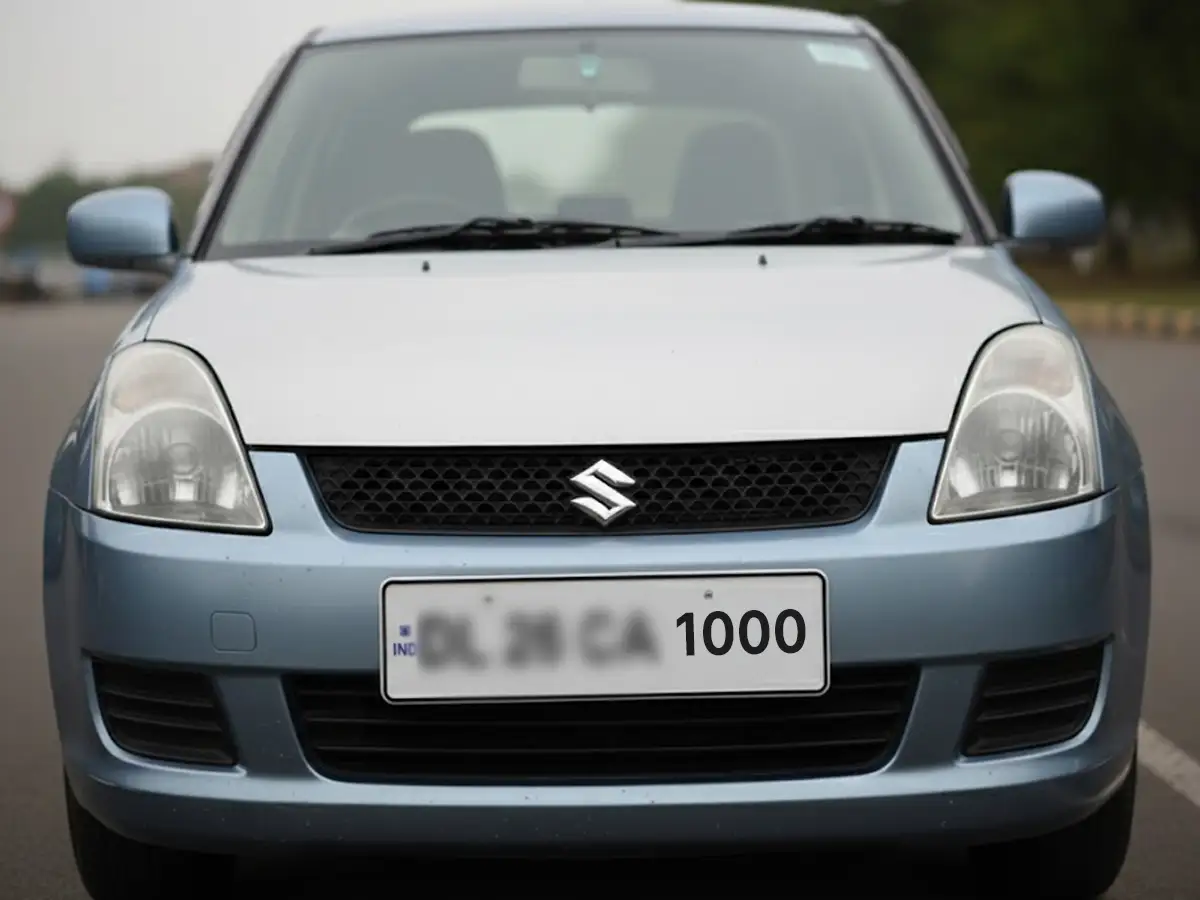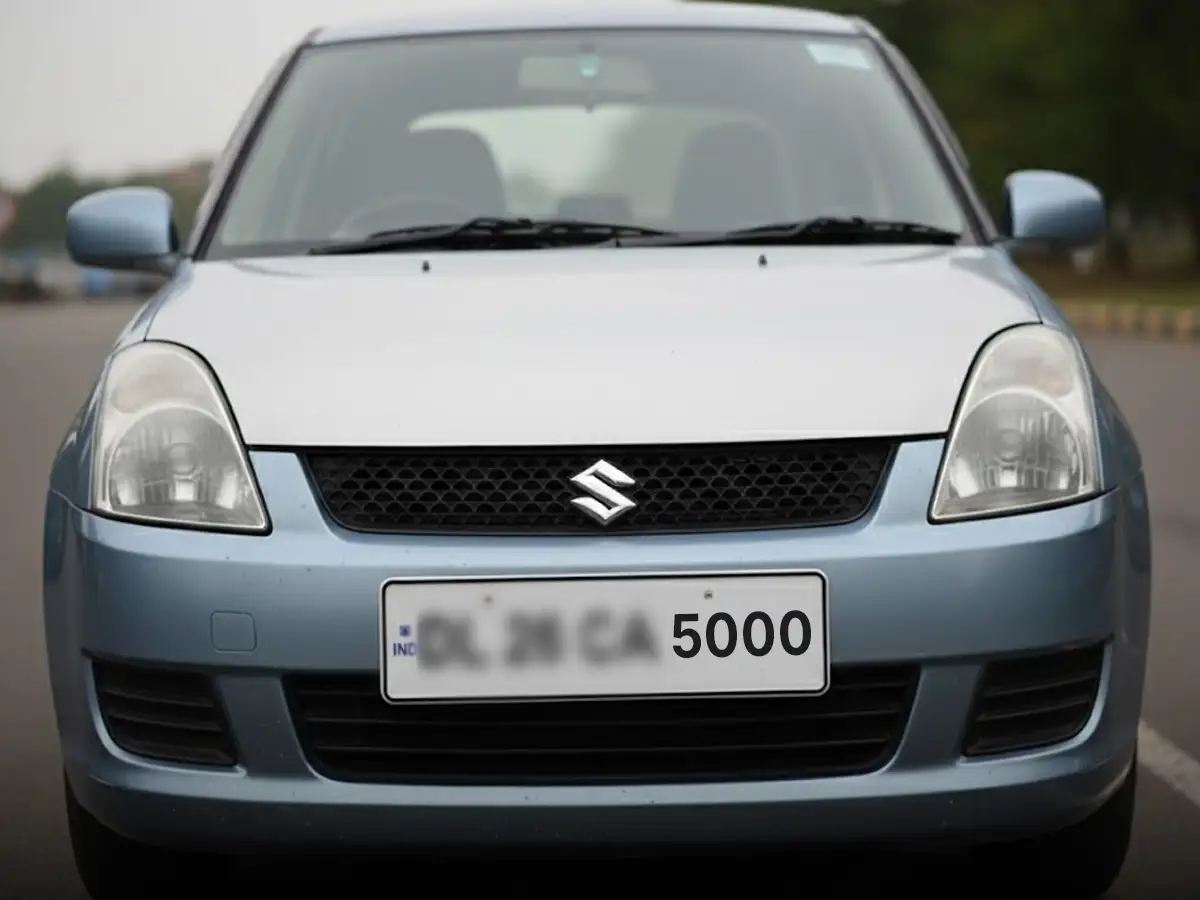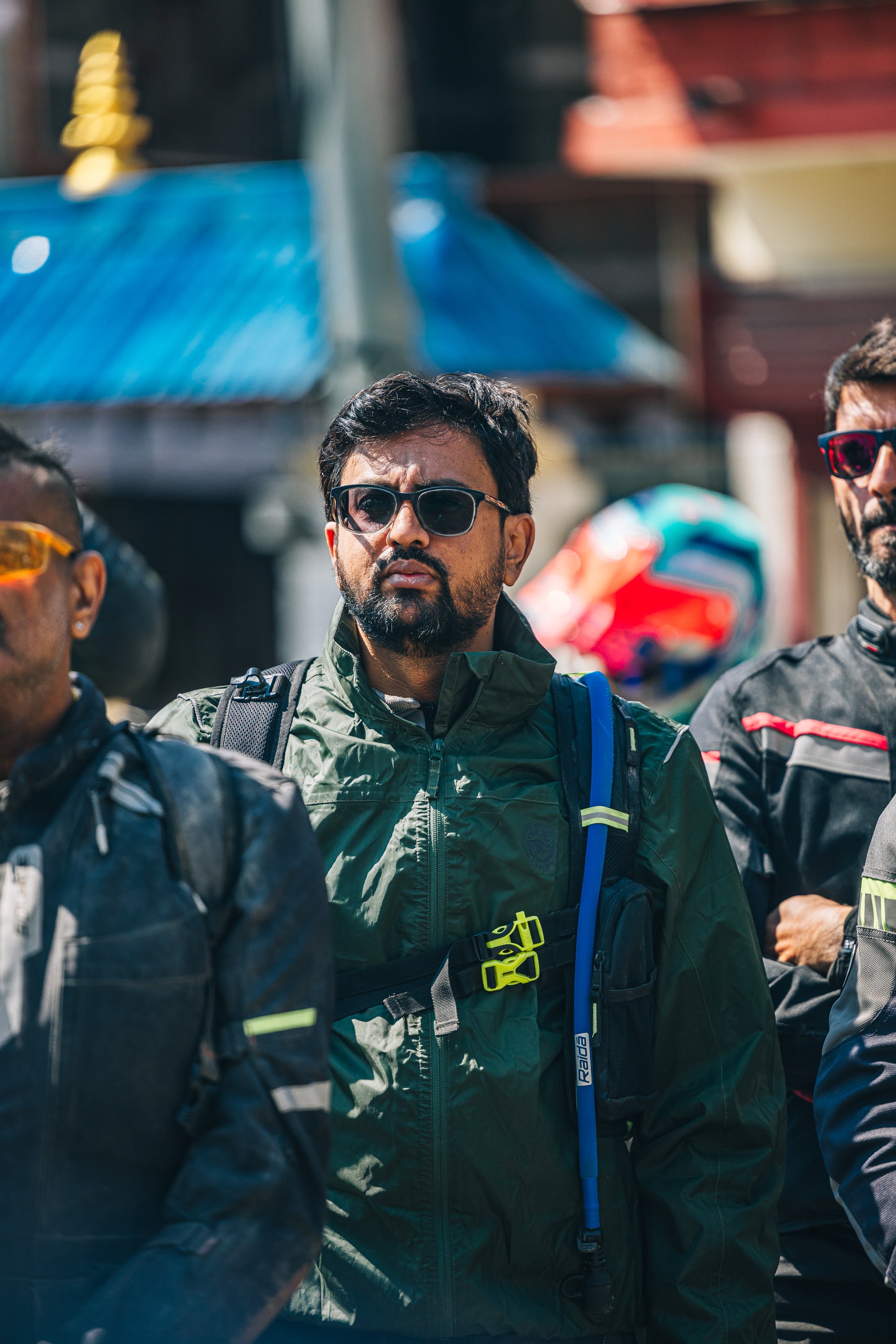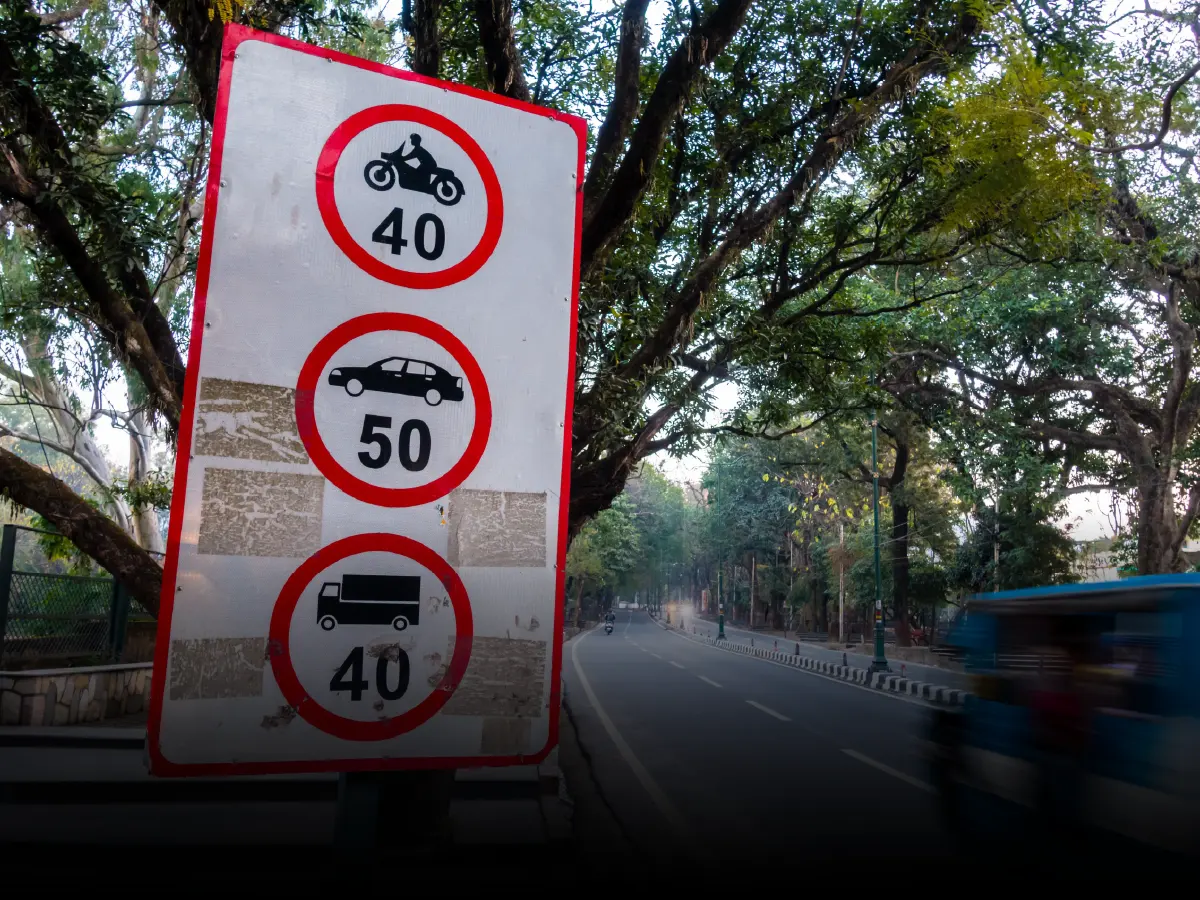

Complete Overspeeding Challan List Across All Indian States In 2025
- 1Overspeeding fine amounts vary across Indian states and union territories
- 2Repeat offences can lead to doubled fines and even license suspension
- 3You can now pay your overspeeding challan online through platforms like CARS24
Overspeeding might seem harmless in the moment, especially on an open road, but in reality, it's one of the leading causes of road accidents in India. To curb this habit, every state has set strict penalties under the amended Motor Vehicles Act. But the actual fine you’ll pay varies depending on where you get caught, whether it’s your first time, and how fast you were going over the limit.
So if you've just received an overspeeding challan, or want to avoid one in the future, this guide has all the information you need. From state-wise fine amounts to how to pay your challan online, this article tackles all the details. It's better to stay informed than be surprised when a big fine notification lands in your inbox.
State-wise Overspeeding Fine in India
Under the Motor Vehicles (Amendment) Act, 2019, the speeding fine in India has increased significantly, but many states have made their own modifications. Here's a breakdown of overspeeding challan rates across India in 2025.

Overspeeding Challan in Delhi
In Delhi, an overspeeding challan will cost you ₹2,000 for the first offense. If you're caught again, the fine shoots up to ₹4,000. The city has a robust camera network that generates e-challans automatically—so even if there’s no traffic police around, don’t assume you’re safe. Major intersections like ITO, Dhaula Kuan, and AIIMS Ring Road are all under surveillance. You can check and pay your challan in Delhi through CARS24.
Overspeeding Challan in Maharashtra
Maharashtra imposes a ₹1,500 fine the first time you’re caught overspeeding. For repeat offenders, it increases to ₹3,000. Mumbai’s Sea Link, the Pune Expressway, and even parts of Nagpur have fixed radar systems that work 24/7. Some toll booths now flash overspeed alerts in real time. Don’t ignore them—chances are, your challan has already been issued. To stay on top of things, you can check your challan status in Maharashtra online.
Overspeeding Challan in Karnataka
Karnataka fines you ₹1,000 the first time, and ₹2,000 if you get caught again. Bengaluru’s NICE Road and Outer Ring Road are major overspeeding hotspots with ANPR-enabled cameras. Authorities are also integrating vehicle speed logs into insurance renewal data. It’s no longer just about fines—your speeding history could hit your premiums too. You can check and pay your challan in Karnataka digitally.
Overspeeding Challan in Tamil Nadu
Tamil Nadu keeps the overspeeding challan steady at ₹1,000—even for repeat offenses. That said, don’t expect leniency. Chennai traffic cops run regular drives around tech parks, colleges, and airport access roads. Also, more private buses and cabs are being monitored using backend fleet management tools. If you’ve received a challan in Tamil Nadu, it’s best to clear it online before penalties escalate.
Overspeeding Challan in Uttar Pradesh
In UP, the overspeeding challan is ₹1,000 for the first offense and ₹2,000 for repeat violations. Noida and Lucknow have recently upgraded their traffic systems with motion-triggered speed traps. Cameras now record average speed over distance—not just at a single checkpoint. These records sync with your vehicle registration, so late payment can impact renewals. You can view and pay challans in UP anytime through CARS24 or state portals.
Overspeeding Challan in Gujarat
Gujarat starts with a ₹1,500 fine and doubles it to ₹3,000 for second-time violations. Ahmedabad and Vadodara have begun integrating real-time traffic feeds with vehicle owner profiles. So even if you weren’t stopped, your license could still be flagged. Petrol pumps in key districts are also screening vehicle plates for active challans. To avoid surprises, check your status and pay fines on time in Gujarat.
Overspeeding Challan in West Bengal
West Bengal fines you ₹1,500 for the first offense and ₹3,000 if it happens again. Kolkata's traffic police are big on awareness drives, especially before festivals and long weekends. However, don’t mistake awareness for leniency—speeding cameras operate throughout Park Street, EM Bypass, and Salt Lake. Overspeeding fines are issued digitally and tied to your registration. You can pay directly through the state transport site or CARS24.
Overspeeding Challan in Rajasthan
In Rajasthan, the overspeeding fine is ₹1,000 for a first offense and ₹2,000 if repeated. Jaipur and Udaipur are known to use drone-based speed tracking in high-density areas. Traffic inspectors are now backed by live feeds from ANPR cameras installed across highways like Ajmer Road and Kota Bypass. All challans are integrated with the Vahan database, so check your Rajasthan challan status online if you think you've been fined.
Overspeeding Challan in Telangana
Telangana fines ₹1,000 for the first offense and ₹2,000 for repeat violations. Hyderabad has rolled out AI-powered smart traffic systems that don’t just detect speed but also track erratic lane changes. Jubilee Hills and Gachibowli are overspeeding hotspots—especially near IT zones. Most fines are issued without manual intervention, and challan records are updated instantly. You can pay your Telangana challan online through multiple platforms.
Overspeeding Challan in Kerala
Kerala’s overspeeding fine begins at ₹1,500 and jumps to ₹3,000 for second-time offenses. Thiruvananthapuram and Kochi use a network of mobile and fixed cameras linked to a state-wide server. Officers now carry handheld devices to instantly check past challans and vehicle violations. Some fuel stations have also started flagging vehicles with unpaid fines. If you're in Kerala, you can quickly check and settle your overspeeding challan online.
Overspeeding Section of the Motor Vehicles Act

The overspeeding fine is issued under Section 183 of the Motor Vehicles Act, which deals with penalties for driving beyond the prescribed speed limits. This section outlines the difference between Light Motor Vehicles (LMVs) and Heavy Motor Vehicles (HMVs) in terms of fine structure.
For LMVs, the penalty ranges from ₹1,000 to ₹2,000 depending on state rules. For HMVs or repeated offences, it can go up to ₹4,000. Section 183 also empowers traffic officers to seize the driver’s license or even detain the vehicle in extreme cases.
The law has been designed to discourage reckless behavior and improve road safety by increasing accountability. It clearly states that ignorance of the speed limit is not a valid defense, especially in areas with visible signage or speed-sensitive zones like school and hospital zones.
How to Pay an Overspeeding Challan
Gone are the days of waiting in long queues at the RTO. Today, paying an overspeeding fine is quick and painless thanks to digital platforms. Most challans are generated via automated speed cameras and uploaded to state government portals or the Parivahan site.
You can follow these simple steps:
- Visit the official Parivahan website (echallan.parivahan.gov.in)
- Enter your vehicle number or challan ID
- View the challan details and click on 'Pay Now'
- Complete the payment via UPI, card, or net banking
Alternatively, you can use CARS24 to pay your challan online. Just head to their Challan Checker tool, enter your vehicle details, and it will pull up all your pending challans in one place. You can then pay directly through their portal. It’s fast, hassle-free, and helps avoid late payment penalties.
How States Enforce Speeding Penalties on Highways

Most Indian states now rely on a mix of manual and automated enforcement. You’ll find radar guns in the hands of traffic police at major junctions, especially in metros. But the real game-changer has been the integration of Automatic Number Plate Recognition (ANPR) cameras and speed traps on national highways.
These systems work silently and efficiently. The camera captures your number plate, the system calculates your speed, and if you’re over the limit, an overspeeding fine is sent to your registered mobile and email ID within hours. There's no escape route, and in many cases, no warning either.
The goal isn’t to harass drivers but to bring discipline to Indian roads. With over 4.6 lakh road accidents reported annually, most caused by overspeeding, this kind of enforcement is long overdue.
Conclusion
Overspeeding isn't just about breaking the law — it's about putting lives at risk, including your own. Whether you’re on an empty expressway or running late for work, resisting the urge to speed can save you from fines, license trouble, and accidents. The overspeeding fine system may seem harsh, but it’s necessary in a country like India where traffic conditions are unpredictable and road safety often comes second.
So the next time you're tempted to hit the accelerator pedal, remember: the ₹1,000 you save today by slowing down might save you thousands in fines, insurance hikes, and even hospital bills tomorrow.
Frequently Asked Questions
Expand all



